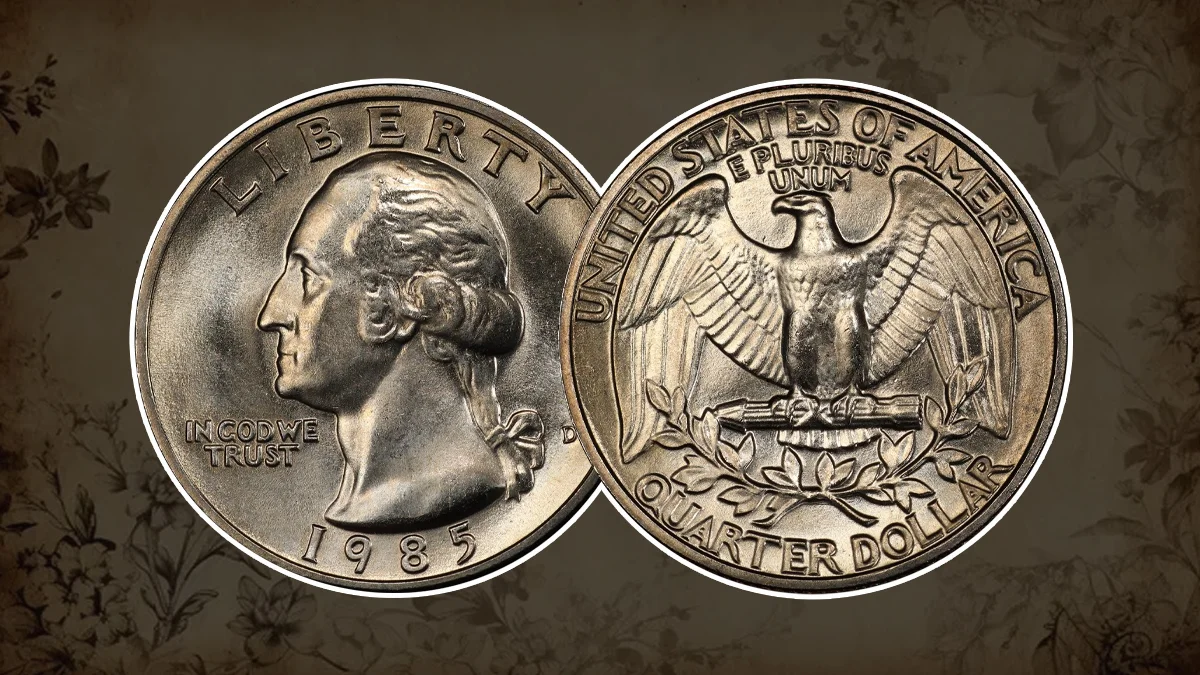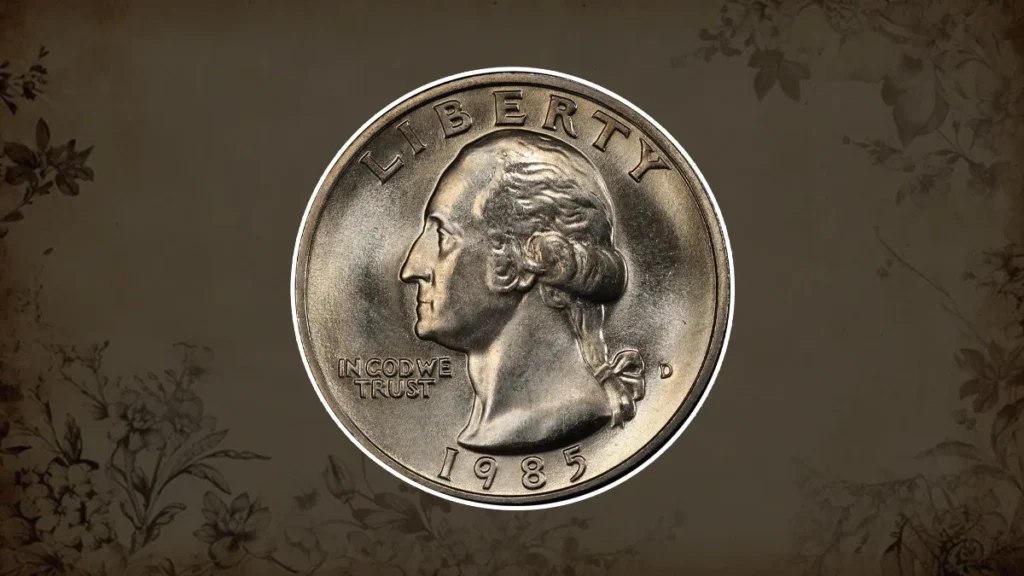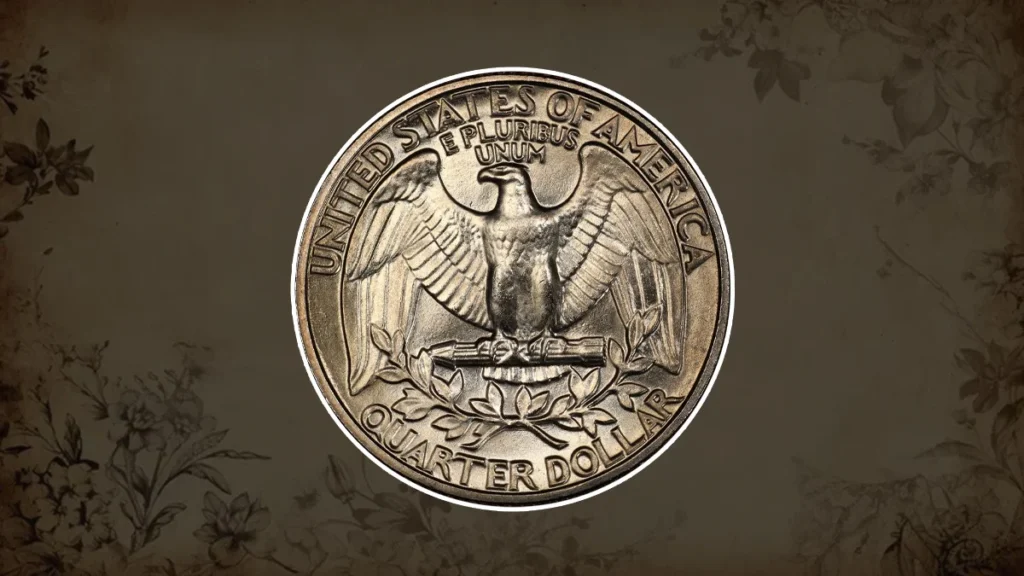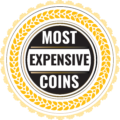
The 1985 Washington Quarter might look like another simple coin in your pocket, but it has a unique place for collectors. While most quarters of this year may only be worth their face value, specific types, mint errors, and uncirculated conditions can improve their worth greatly. Whether you’re a numismatics enthusiast or someone curious about that 1985 quarter you found, this article helps you to provide all the details you require, from history, and design to values and special errors.
The History of the 1985 Washington Quarter
The Washington Quarter has a rich history that extends back to 1932 when the U.S. Mint first made it to celebrate the bicentennial of George Washington’s birth. Initially, there was a plan to replace the Standing Liberty Quarter with a quick memorial coin, but Congress was determined to make the Washington Quarter a permanent fixture of U.S. currency.
The design was made by sculptor John Flanagan, who based his obverse design on a 1784 statue of George Washington created by French sculptor Jean-Antoine Houdon. The coin became a continuing honor to America’s first president and has been in continuous production ever since, although the design changed in 1965 from silver to a copper-nickel-clad alloy.
By 1985, the Washington Quarter had kept much of its original design, though the coin was no longer produced of silver. Coins were struck at the Philadelphia, Denver, and San Francisco mints that year. The 1985 quarter, like its predecessors, features the iconic image of Washington on the obverse, with an eagle perched on arrows and holding an olive branch on the reverse. Among collectors, the Washington Quarter remains a beloved piece, and some variations are even considered among the Most Valuable Modern Quarters due to their historical significance and rarity.
Specifications:
- Composition: Copper-nickel clad copper
- Weight: 5.67 grams
- Diameter: 24.3 millimeters
- Edge: Reeded
- Designer: John Flanagan
Features of the 1985 Washington Quarter
Obverse:

The obverse side of the 1985 quarter has the left-facing profile of George Washington. It was designed by John Flanagan and is based on Houdon’s famous bust of Washington. The words “LIBERTY” and “IN GOD WE TRUST” are written above the side of the coin and to the left of Washington’s portrait, respectively. The date, “1985,” is written under Washington’s neck. You will also see the mint mark (P, D, or S) on the right side of the coin, just behind Washington’s ponytail.
Reverse:

The reverse side design of the 1985 quarter shows a bold eagle with outstretched wings, clutching a bundle of arrows in its talons—representing the country’s willingness to support itself. And Below the eagle is an olive branch, representing peace. The “UNITED STATES OF AMERICA” and “E PLURIBUS UNUM” are written around the top, while the denomination “QUARTER DOLLAR” is written at the base.
Grading the 1985 Washington Quarter
Grading is most important for determining a coin’s value. Most circulated 1985 quarters don’t have much value, but uncirculated or high-grade examples can be valued much more. Graders pay close attention to wear on Washington’s face and hair, mainly about the ear and cheek areas. On the reverse side of the coin, the eagle’s breast and legs are key points that usually show wear. In uncirculated grades, the coin should show minimal contact marks, a full initial luster, and sharp facts on both sides.
Here’s a breakdown of common grades:
- Good (G): Main details are always visible, but important wear is present.
- Fine (F): Moderate wear, but all main features are unchanged.
- Extremely Fine (XF): Light wear, with most details defined.
- Uncirculated (MS): No indications of wear, full mint luster, and sharp facts.
1985 Washington Quarter Value Guide
The value of a 1985 quarter is based on its condition, mint mark, and any possible errors. The following is a general value chart for the various types:
| Mint Mark | Good | Fine | Extremely Fine | Uncirculated |
| 1985 No-Mint Mark (Philadelphia) | $0.30 | $0.30 | $0.30 | $1,700 |
| 1985-D (Denver) | $0.30 | $0.30 | $0.30 | $325 |
| 1985-S Proof (San Francisco) | – | – | – | $100 |
- The 1985-P Quarter (Philadelphia) is a rare and abundant coin with a mintage of 775,818,962. The value of circulated examples varies between $0.30 to $0.85. The value of uncirculated quarters can range from $20 to $1,700.
- 1985-D Quarter (Denver): 519,962,888 quarters were produced in 1985 by the Denver Mint. Philadelphia quarters are valued about the same in circulated form, but premium uncirculated examples can sell for anywhere between $12.5 to $325.
- 1985-S Proof Quarter (San Francisco): Proof coins were designed for collectors and were created in significantly smaller amounts. The 1985-S proof quarter’s value changes from $5 to $100 based on its condition.
Notable 1985 Washington Quarter Errors
For collectors, coins with minting errors can be very valuable. Quarters from 1985 included the following important errors:
- Doubled-Die Error: The coin’s value may increase to $150–$250 by doubling the eagle’s wings, Washington’s profile, or the text itself.
- Off-Center Strike: A quarter with an off-center strike can bring in $135, especially if there is a 30% or more misalignment.
- Lamination Error: A coin with lamination flaws, when some of its surface is eliminated, may sell for up to $195 in value.
Related Post –
- 1984 Washington Quarter: A Complete Guide
- 1983 Washington Quarter: A Complete Guide
- 1982 Washington Quarter: A Complete Guide
- 1981 Washington Modern Quarter: A Comprehensive Guide
Conclusion
Many of the 1985 Washington quarters may not seem particularly valuable at first, but error coins and high-grade examples may sell for far more than their face value. If one is in looking for rare mint state coins or significant errors, including a 1985 quarter to one’s collection could be valuable. You can make better choices if you are familiar with the 1985 quarter’s features, history, and grading guidelines, whether you are buying, selling, or just curious about numismatics.
